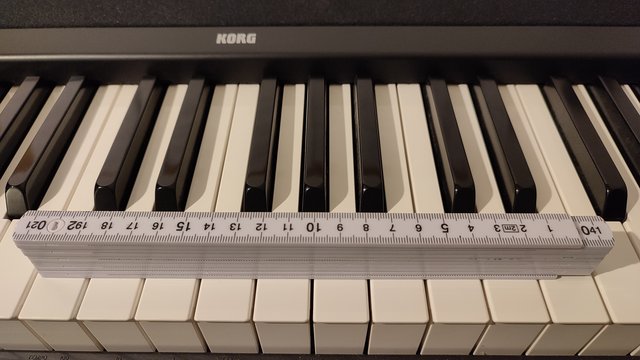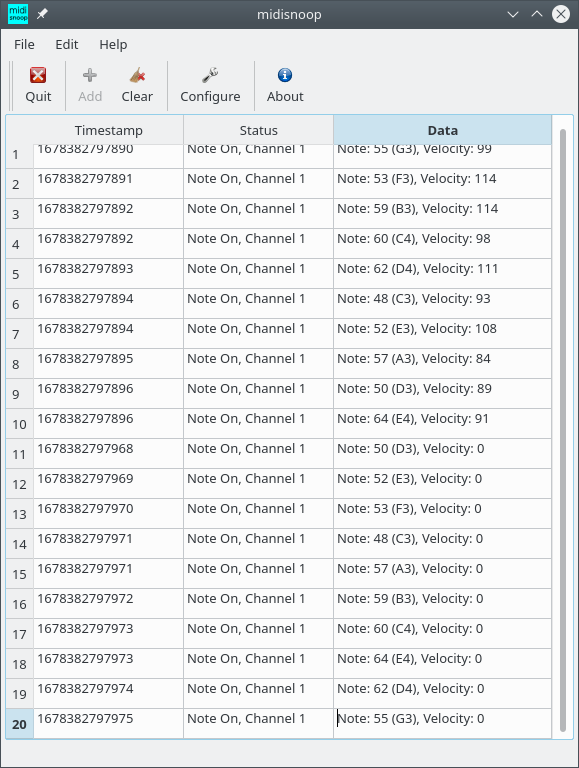Topic: Keyboard sampling freq
One thing I notice and dismissed immediately on version 8 was that chords were more difficult to play together than on version 7.
This, if true, is of course a good thing.
I've been listening to demos on YT and there is a particular brand that I never liked I'm not going to name names but it starts with Yam and ends with aha.
all the demos of the on their line, again no names but it contains the letters C and L and P, a large 3 digit number, and G and P.
seem to play all the chord notes perfectly at the same time.
Is this a problem with my hearing or a real thing?
The AvantGrand series X sound normal to me and very good may I add.
I also sampled demos of Roland and Pianoteq and these seem normal even on YT.
Then I went to "options / MIDI" on PTQ 8 and it seems the first column are seconds and milliseconds.
any double notes under 4 milliseconds apart sound together, 4 and 5 I'm not sure, over 6 milliseconds defensively not together.
I was able (once) to play two notes in the same millisecond.
when playing 7 notes (2+5) 20 milliseconds from first to last sounds normal and 13 milliseconds sound together.
anybody has a similar experience?
is this a real thing?
is Pianoteq similar to a mechanical piano in this aspect?
is it that my keyboard cannot send too many event in the same millisecond?
--------------------------------
I don't think this information will be easy to find - when I got my Roland HP605 they refused to say how many levels of velocity they transmitted internally, they just said "over 127"...
last mechanical piano I played was a big Boserdorfer in a Toronto store - I recommend it!
(I never really liked my HP605)
(it's probably over 7 years since I upgraded from the CLP120 and now and then I still vibrate the pedal instead of half pedalling...)






